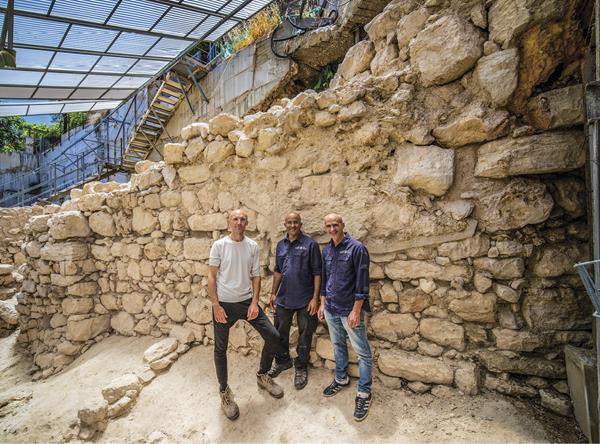
This past summer the Israel Antiquities Authority announced the groundbreaking discovery of the eastern section of Jerusalem’s Iron Age wall. The wall, stretching along the eastern slope of the Kidron Valley, was uncovered in the City of David Archaeological Park, a short distance from the Temple Mount. Stamp seals and other objects found along the wall allowed the excavators to date the wall to the Iron Age, indicating that it was likely part of the fortifications built by King Hezekiah (Isaiah 22:9), as he prepared for the Assyrian invasion (c. 701 B.C.E.). This also would have been the very same wall that was ultimately destroyed during the Babylonian siege of Jerusalem about a century later (2 Kings 25:10).
Although two other sections of the wall were discovered in the 1960s and 1970s, the two sections were separated by a large gap, which led some archaeologists to suggest that they were not actually part of Jerusalem’s Iron Age fortifications. Rather, it was thought that the identified walls were pieces of larger buildings. This recent discovery, however, finally connects the two sections, proving that Jerusalem was heavily fortified during the Iron Age.
Already a library member? Log in here.
Institution user? Log in with your IP address.

